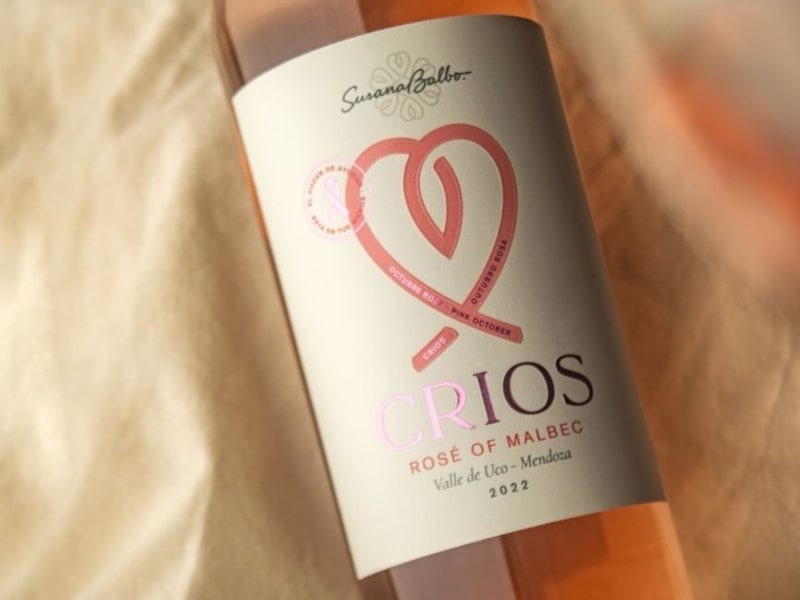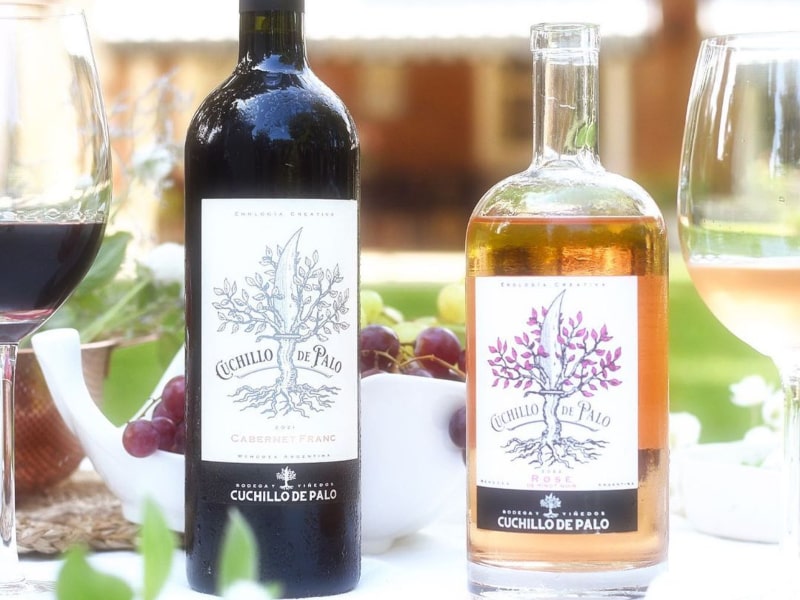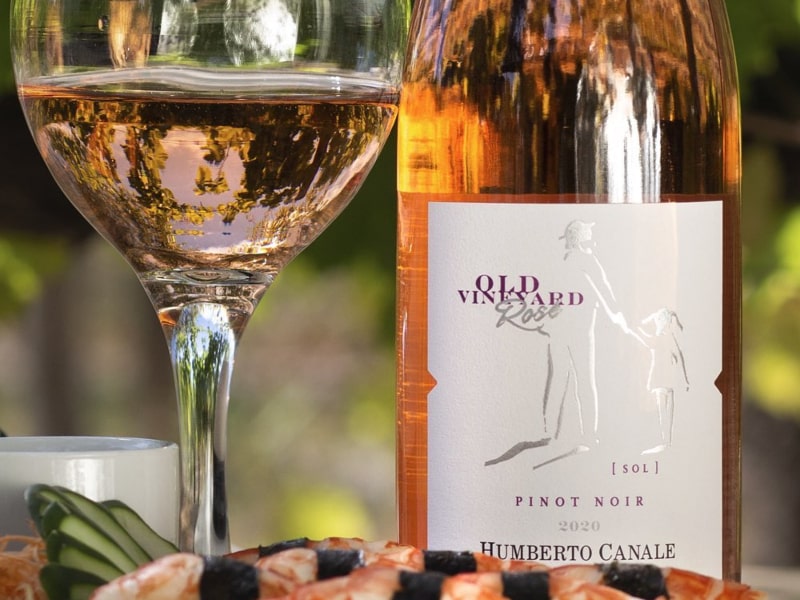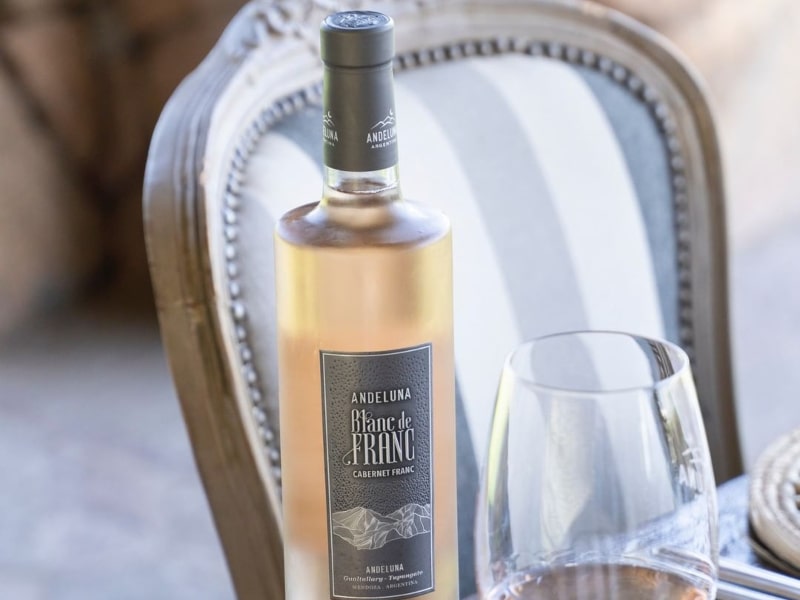Hi, wine lovers! How are you enjoying the changing seasons? Here in Mendoza, after experiencing my first harvest in South America – which was enthralling, there was so much going on – the cold weather has arrived. So, I’m staying inside to write a little.
On June 11 – although some say it’s the 13th – we celebrated World Rosé Day. I don’t know about you, but I’ve been growing into a fan of wines that are causing a stir across the world.
The USA has always been a major consumer of rosé wines, especially at this time of year. Because while down south we’re in autumn, up north the days are getting hotter and that makes rosé wines indispensable!
World Rosé Day
Here, in Argentina, which is of course famous as Malbec’s homeland – it’s the Messi of wines –very interesting things are happening with rosés, I can tell you:
Although most rosés are made with Malbec, increasingly other varieties are being used as well.
Another growing trend is mixing red grapes made as rosés with a dash of white grapes such as Torrontés and Semillón. The results are, of course, spectacular.
I know that not all wine lovers know much about how rosé wines are made: they’re red grapes treated in the same way as whites. The brief contact between the juice and the skins colors the wine slightly, resulting in a pale, subtle pink. On other occasions the red skins are left longer to add some more color.
And you should know that rosé wines are usually much less alcoholic than reds, often than whites too.
And for all these reasons, rosé wines are really versatile and easy to drink – keep them cold remember. Experts recommend drinking them at a temperature of between 9 and 11 degrees centigrade so today’s tip from Nicky is: once you’ve opened them, keep them in a cooler so you can enjoy their fruity, floral expressions to the max.
My TOP 10 favorite rosé wines

You’ll find all kinds of different shades on the shelves of your local wine store. But another thing about rosés is the bottles. They’re so cute! A lot look like perfume bottles with glass stoppers or lovely, specially designed labels.
There’s a lot of producers making great rosé wines and the category has grown a lot in recent years. But some, of course, stand out from the crowd.
There’s Susana Balbo whose rosé is made from a very subtle blend of grapes. Something similar is true of Bodegas Lagarde, who have a delicious organic rosé – Lagarde Organic Rosé – made from a white wine blended with a Malbec rosé that gives it the lovely color you see in the bottle.
Las Perdices present Exploración Rosé, which is a 100% Malbec that surprised me with its citrus sensations and sweet and sour cherry and strawberry flavors.
Bodega Mendel are up there too: they make a very attractive rosé called Rosalía.

When it comes to bottles, a very memorable one – squat like old-fashioned wines – is made by Cuchillo de palo, a project based in the Uco Valley who use Pinot Noir for their rosés.
Other houses who opt for Pinot Noir are Domaine Bousquet (who make Gaia Rosé, which is 100% organic) and Humberto Canale, whose Old Vineyard Rosé Pinot Noir, is made with grapes from vineyards that date back to 1969.

Ver Sacrum have taken an intriguingly distinctive approach using varieties generally found in the south of France: Garnacha, Mourvedre and Syrah. The result is unusual but exquisite.
Speaking of Syrah, Alpamanta Breva Rosé Syrah is another stand out; fresh, young and a little spicy.
Finally, my favorite rosé made with Cabernet Franc is Andeluna Blanc de Franc, whose nose features white rose and jasmine.

The degree of intensity that Argentine rosé wines are achieving makes them an excellent, cool choice for a range of foods that people in Argentina love: charcuterie and cheese, empanadas, pizza and also sweetmeats, chorizo and blood sausage.
So, it’s time to raise a glass to World Rosé Day and rosés, which have so much to offer.
Until next time, cheers!



